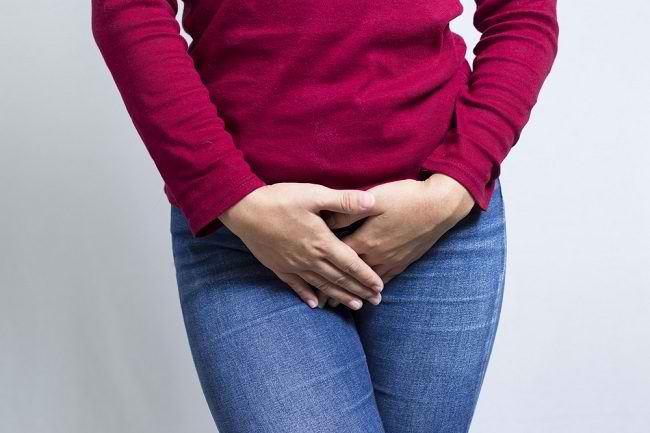Ear disease in children can occur due to several things, one of which is infection. This condition can make children fussy because their ears hurt, it can even interfere with their hearing.
Children are more susceptible to ear disease because the parts of their ears are still not fully developed. In addition, his immune system is still not as strong as adults, so it is easy to be infected with bacteria or viruses.

Various Types of Ear Disease in Children
Here are the types of ear diseases that often attack children:
1. Acute otitis media
Acute otitis media occurs when an infection causes inflammation and a buildup of fluid behind the eardrum. Children under the age of 2 years are generally more at risk for acute otitis media, this is because the shape and size of their Eustachian tubes are still not fully developed.
In children, acute otitis media can progress very quickly and is usually accompanied by symptoms such as fever, fussiness, loss of appetite, and not responding to low voice calls.
2. Otitis media with effusion
Otitis media with effusion occurs when there is inflammation behind the eardrum accompanied by a buildup of fluid in that area. This condition makes the middle ear feel full, so hearing is impaired.
Otitis media with effusion is more common in children under 2 years of age. This ear disease usually does not cause any symptoms. Even so, if this condition is found during the examination, the ENT doctor will take action to remove the fluid.
3. Chronic otitis media with effusion
This condition occurs when fluid (effusion) that is behind the eardrum is trapped in it for a long time and occurs repeatedly. Usually children who are affected by this ear disease experience hearing loss.
4. Otitis externa
Otitis externa is an infection of the skin on the outside of the ear. This infection often occurs because water enters the ear and is not drained immediately, making it easier for bacteria or fungi to multiply. In addition, the habit of picking ears, swimming, and skin diseases can also cause the appearance of otitis externa.
A child who has otitis externa will usually experience symptoms in the form of pain in the ear that worsens when chewing, itching and redness in the ear, and a clear, odorless discharge from the ear.
How to Maintain Children's Ear Health
To avoid children from ear disease, there are several ways you can do:
1. Clean the child's ears properly
One way to keep your child's ears healthy is to clean them properly. Make sure you only clean the earlobe area and don't clean the entire ear.
Actually the ear has the ability to clean itself. Therefore, avoid using cotton bud or an ear scraper to clean a child's ear.
2. Keep the child's ears dry
Another way you can do is to keep your child's ears dry. This is because moist ears make it easier for bacteria to grow and multiply in the ear canal. If left untreated, this can lead to ear infections.
3. Wearan earmuff when swimming
When a child swims, water can enter his ear. This can allow germs to enter the ear. For that, wear earplugs if you want to take your child swimming.
4. Routinely check the child's ear to the doctor
In addition to doing the two methods above, you also need to regularly check your child's ear to the ENT doctor. Children's ear disease can develop quickly, so it is necessary to treat infections as early as possible before their hearing is impaired.
The ways above are very important to do to prevent children from getting ear disease. If the child shows discomfort in the ear, immediately take him to an ENT doctor for proper examination and treatment.









